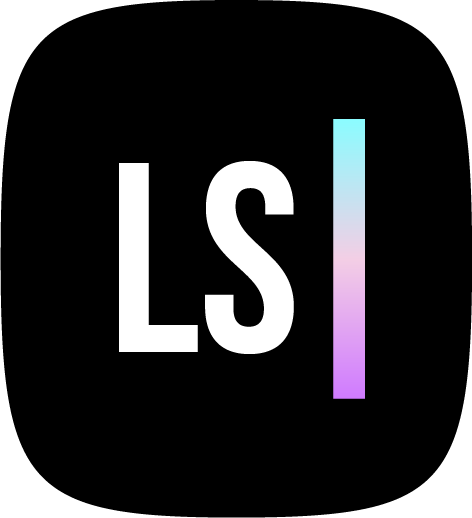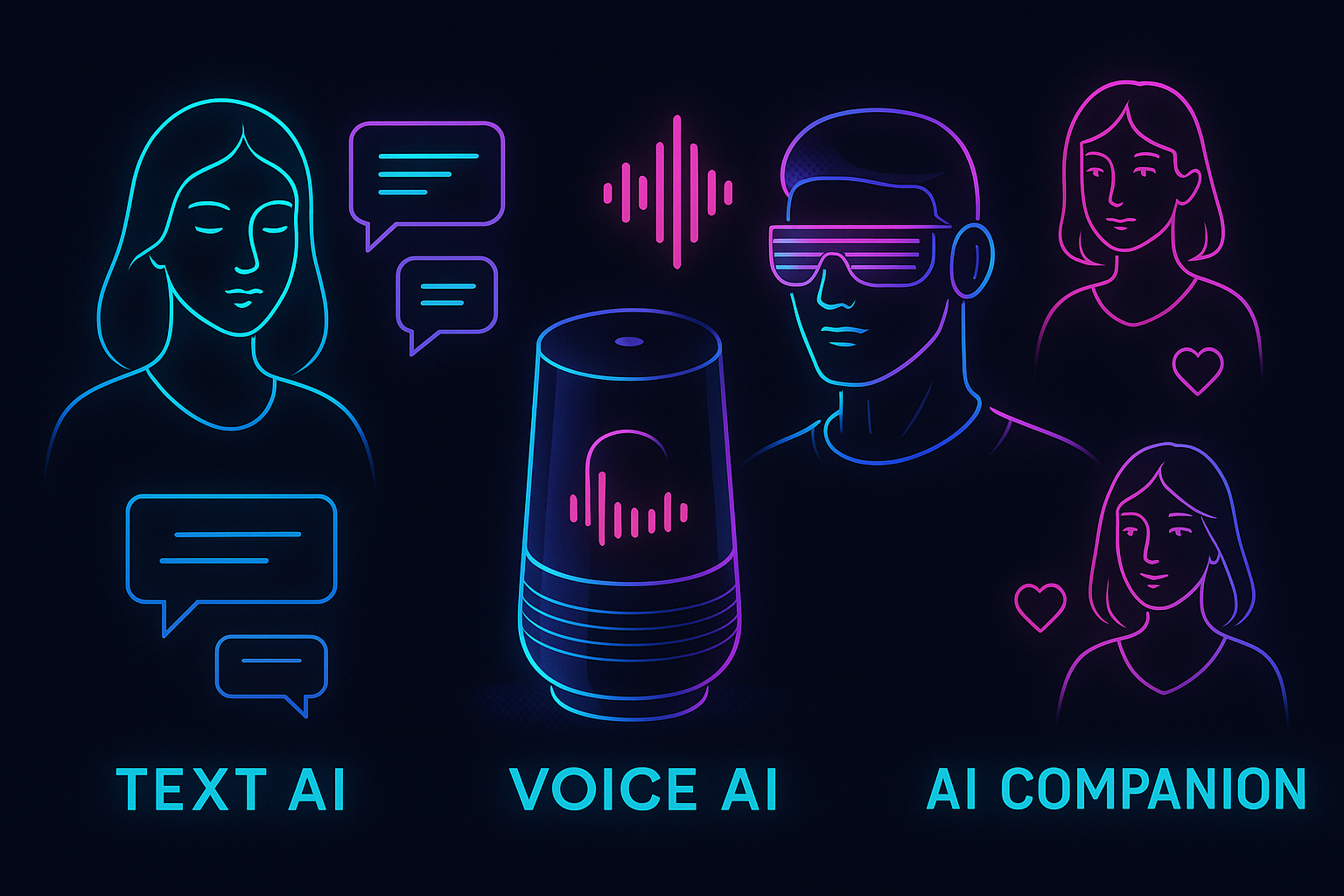Artificial intelligence (AI) characters have become increasingly popular across digital platforms, offering interactive and personalized experiences for users. These AI-driven personas vary in form and function, ranging from simple text-based bots to immersive visual companions. This article explores the different types of AI characters, highlighting the distinctions between text, voice, and visual AI, and dives into specialized AI personalities such as AI girlfriends and boyfriends.
Types of AI Characters: An Overview
AI characters are digital personas powered by artificial intelligence designed to interact with users. They can be broadly classified into three main categories:
1. Text-Based AI Characters
Text-based AI characters communicate solely through written language. They use natural language processing (NLP) to understand user inputs and generate text responses. These characters are commonly found in chatbots, virtual assistants, and conversational agents. Examples include customer service bots, AI companions in messaging apps, and text-driven roleplay characters.
Advantages:
- Easy integration with messaging platforms and apps
- Fast and cost-effective to develop
- Suitable for detailed, complex conversations
Limitations:
- Lack of emotional nuance conveyed through voice or visuals
- Dependent on user’s literacy and typing skills
2. Voice-Based AI Characters
Voice AI characters extend the interaction by adding speech synthesis and recognition capabilities. They understand spoken language and respond with natural-sounding voices. Popular examples include virtual assistants like Siri, Alexa, and Google Assistant, as well as AI voice companions designed for more personalized interaction.
Advantages:
- Hands-free and intuitive communication
- Can convey emotions and tone through voice modulation
- Useful in environments where typing is inconvenient
Limitations:
- Requires robust speech recognition to avoid misunderstandings
- May struggle with diverse accents or noisy environments
3. Visual AI Characters
Visual AI characters combine text and/or voice interaction with graphical representation—avatars, animated characters, or holograms. These characters offer immersive experiences in gaming, virtual reality (VR), social media, and digital marketing. They often use advanced AI for facial expressions, gestures, and emotional responses.
Advantages:
- Highly engaging and relatable for users
- Can simulate human-like interaction through body language
- Popular in entertainment, education, and therapy applications
Limitations:
- More resource-intensive to develop and maintain
- Requires graphic processing capabilities
AI Girlfriend and AI Boyfriend: What Are They and How Do They Work?
AI girlfriends and boyfriends represent a specific category of AI characters designed to simulate romantic or companion relationships. These AI personalities combine elements from text, voice, and visual AI to create personalized interactions that mimic human intimacy and emotional connection.
Core Features of AI Girlfriends and Boyfriends
- Personalized Conversations: Using NLP and machine learning, these AI characters adapt their communication style based on user preferences and conversation history.
- Emotional Simulation: They are programmed to recognize emotional cues and respond empathetically, fostering a sense of companionship.
- Multimodal Interaction: Many AI companions support voice chat, texting, and even visual avatars to create a more immersive experience.
- Behavioral Learning: Over time, they learn users' habits and interests to refine responses and interactions.
How They Work
AI girlfriend and boyfriend applications rely heavily on cloud computing and AI algorithms that process vast amounts of conversational data to maintain fluid, context-aware dialogue. They integrate sentiment analysis to adjust tone and responses, making the interaction feel more natural and supportive. Visual and voice components enhance realism, allowing users to engage with their AI partners in a way that transcends traditional chatbots.
Use Cases and Considerations
While AI companions can provide emotional support and alleviate loneliness, they also raise ethical and psychological questions around human-AI relationships. It is important to approach these technologies with awareness of their limitations and potential impact on real-life social dynamics.
AI characters continue to evolve rapidly, bridging the gap between human interaction and artificial intelligence. Understanding the types of AI personas available and their functionalities helps users and developers navigate this expanding landscape with informed choices and expectations.

